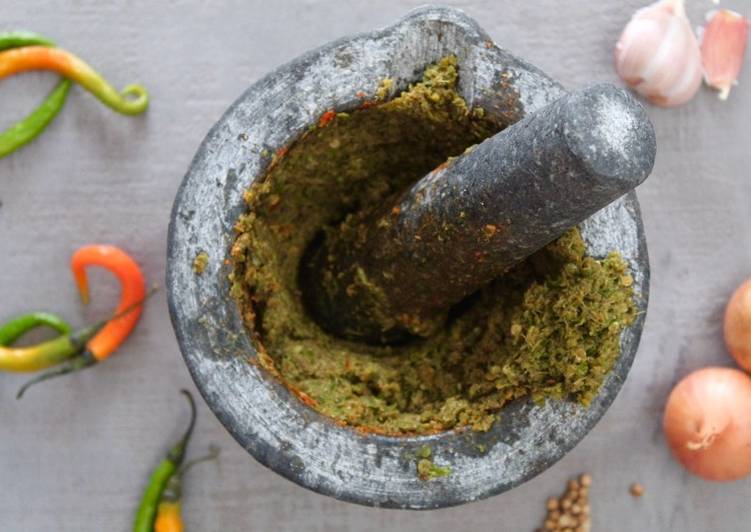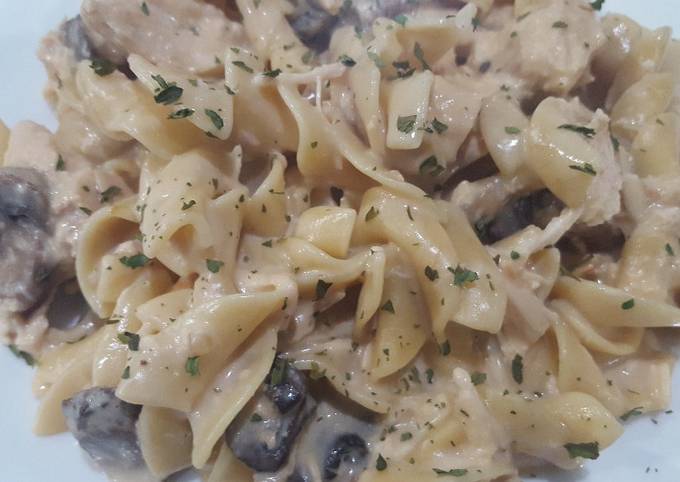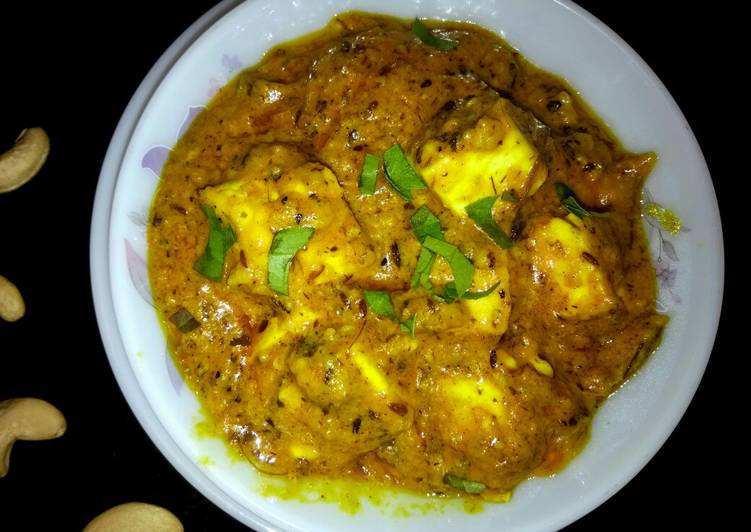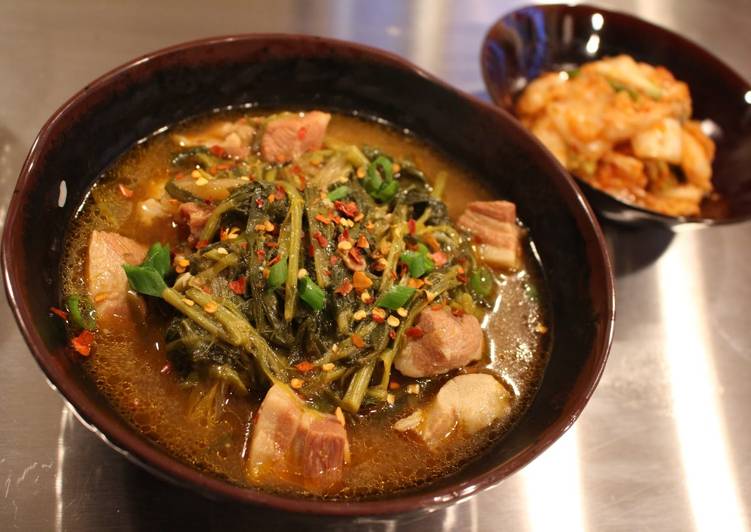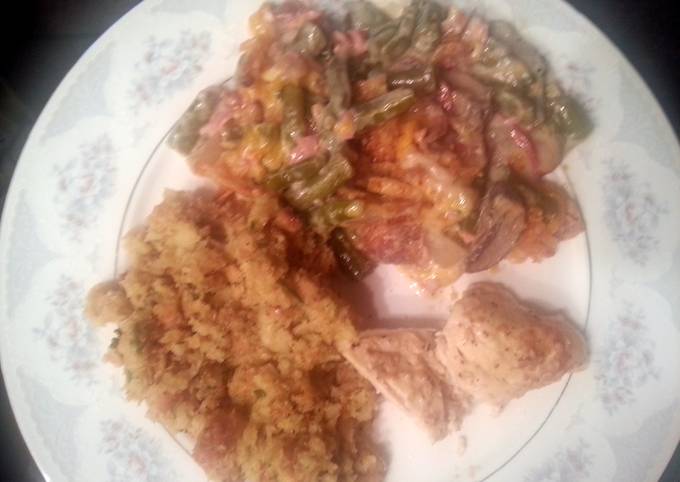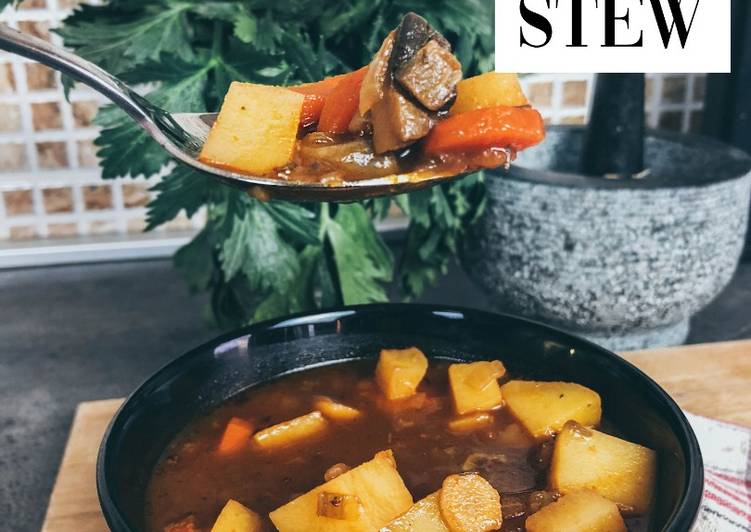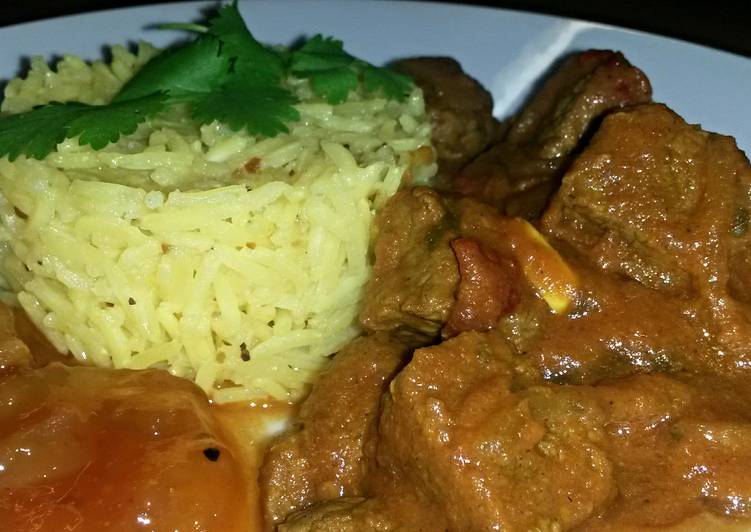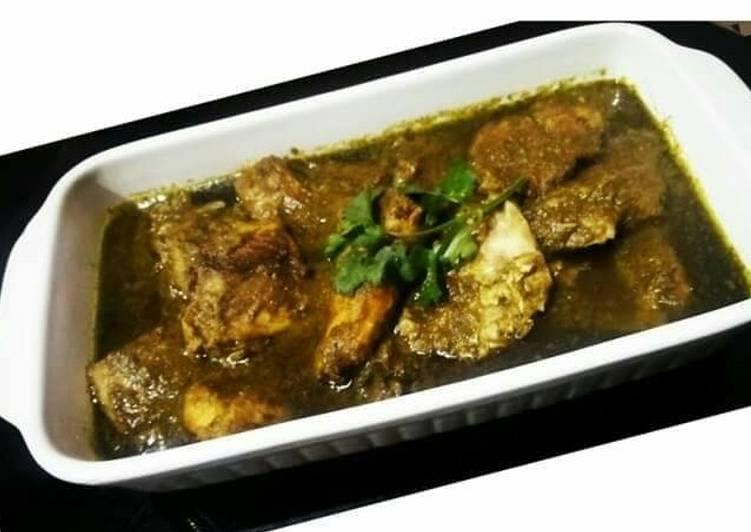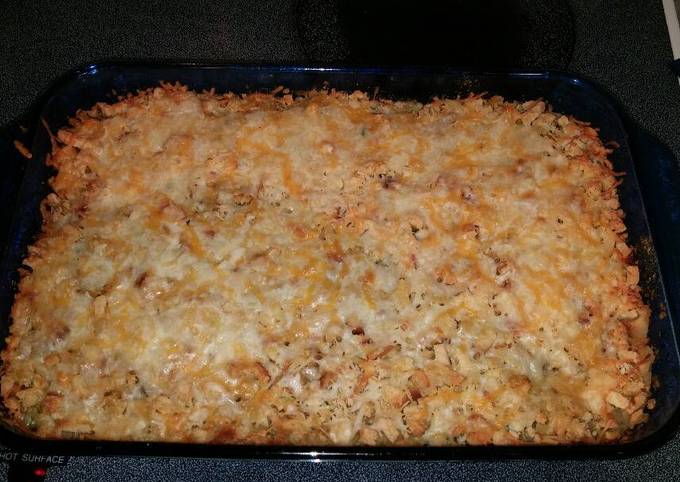
Hey everyone, hope you’re having an incredible day today. Today, we’re going to prepare a special dish, miso-flavored chanko nabe (hot pot). It is one of my favorites food recipes. For mine, I will make it a little bit tasty. This is gonna smell and look delicious.
Miso-flavored Chanko Nabe (Hot Pot) is one of the most favored of recent trending foods in the world. It is easy, it’s fast, it tastes delicious. It’s enjoyed by millions every day. Miso-flavored Chanko Nabe (Hot Pot) is something that I have loved my entire life. They’re fine and they look fantastic.
This vegan nabe or miso hot pot is a meatless take on a satisfying Japanese winter soup. It's chock-full of flavour and makes a perfect soup base Nabe can be made from a lightly or strongly flavoured stock. Chanko nabe is more popularly eaten by sumo wrestlers to aid in weight gain as it's higher in. How to make MISO NABE (JAPANESE STYLE HOT POT) for the winter time recipe!
To get started with this recipe, we have to first prepare a few ingredients. You can have miso-flavored chanko nabe (hot pot) using 21 ingredients and 5 steps. Here is how you cook it.
The ingredients needed to make Miso-flavored Chanko Nabe (Hot Pot):
- Get [Miso broth]
- Take 1600 ml Dashi stock (kombu, bonito base)
- Prepare 1 clove/ piece each Garlic, ginger
- Prepare 1 cube 〇 Soup stock
- Make ready 50 ml 〇 Sake
- Get 6 tbsp 〇 Miso
- Take 50 ml 〇 Mirin
- Get 1 dash 〇 Salt
- Make ready [Tsukune]
- Make ready 300 grams Ground chicken
- Take 1 clove/ piece Garlic, Ginger (grated)
- Get 3 tbsp Japanese leeks (finely chopped)
- Take 1 small Egg
- Make ready 1 tbsp Katakuriko
- Prepare 1 tbsp Miso
- Get 1 Sesame oil
- Take [Ingredients for the hot pot]
- Get 1 Salmon, cod, shrimp, crab
- Take 1 Cabbage, carrots, chives
- Get 1 Shimeji mushrooms, shiitake mushrooms, enoki mushrooms
- Prepare 1 Tofu
This well-balanced meal is traditionally eaten by sumo wrestlers but also enjoyed at home or some restaurants. Spring is here and why am I still sharing a hot pot recipe? Chanko Nabe is a specialty hot pot or stewed meal at sumo stables. Any dishes cooked by sumo wrestlers at sumo stables are called 'chanko' (ちゃん There are Chanko Nabe with miso flavour or even kimchi flavour.
Instructions to make Miso-flavored Chanko Nabe (Hot Pot):
- [Prep the vegetables and fish] Cut the fish, vegetables, and tofu into bite-sized pieces. Crush the garlic and thinly slice the ginger. Make a cut in the center of the cabbage as shown in the photo and then cut into pieces of equal size.
- [Make the tsukune] Finely chop the Japanese leek and combine with all the ingredients for the tsukune. Knead well until the mixture becomes sticky.
- Add water and kombu to the pot and heat. When it starts to simmer and the kombu floats to the top, remove the kombu and add a dashi stock bag filled with bonito flakes, garlic and ginger. Bring to a boil again and simmer for 2 -3 minutes over low heat. Squeeze the liquid out of the dashi stock bag and remove. Add the 〇 seasonings.
- Lay the core pieces of cabbage in the bottom of the pot.
- Bring to a boil and add the fish and vegetables. When cooked through, it's done. Enjoy! The tsukune mixture can be dropped into the pot with a spoon while the broth is boiling.
Chanko Nabe is a specialty hot pot or stewed meal at sumo stables. Any dishes cooked by sumo wrestlers at sumo stables are called 'chanko' (ちゃん There are Chanko Nabe with miso flavour or even kimchi flavour. But the most common flavoured soup stock of Chanko Nabe is a chicken broth. Great recipe for Miso-flavored Chanko Nabe (Hot Pot). This is my family's chanko nabe (hot pot) recipe.
So that is going to wrap this up for this special food miso-flavored chanko nabe (hot pot) recipe. Thanks so much for your time. I am confident you can make this at home. There is gonna be interesting food in home recipes coming up. Don’t forget to bookmark this page in your browser, and share it to your family, colleague and friends. Thank you for reading. Go on get cooking!

